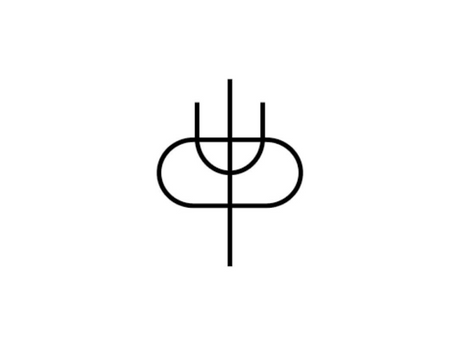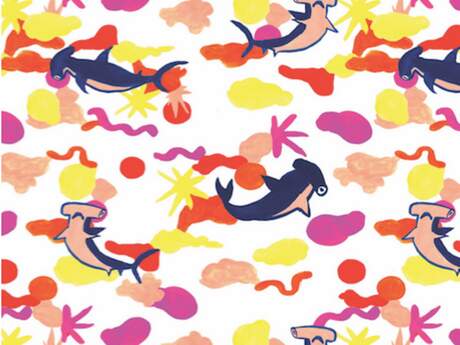Q & A: Chapbook Publishers
Emmalea Russo and Michael Newton on Ugly Duckling Presse

As part of the THE NYC/CUNY CHAPBOOK FESTIVAL on Thursday, April 2 from 10AM – 7PM at The Graduate Center, CUNY, we are presenting interviews with some of the chapbook publishers who will be taking part in the festival.
Emmalea Russo is an artist and writer. She is the author of they (GAUSS PDF, 2014), and the chapbooksbook of southern and water (Poor Claudia, 2013) and CLEAR1NG (Dancing Girl Press, 2013). She lives in Brooklyn and is a member of the Ugly Duckling Presse editorial collective.
In addition to being a member of the editorial collective, Michael is also one of UDP's Co-Presse Managers. He is an assistant editor at Zone Books, and helps write grants for Primary Information. He is a regular writer/performer for 40 Story Radio Tower, a monthly show in Jim Thorpe, PA.
* * *
What is your own personal history with chapbooks? How did they first catch your interest?
Emmalea Russo: I interned at the Center for Book Arts and that experience opened me up to all sorts of book making. That moment of—wow—with some pages, an awl, and needle and thread—a book happens. I have been excited about the expanded field of the chapbook ever since. In many ways, the form presents more possibilities for serious play.
Michael Newton: The first time I really fell in love with chaps was during college. I went to Bard and there was this place called the Root Cellar, which was an anarchical student-run coffee shop and zine library. I would go there to do work and smoke cigarettes and look at these millions of chaps and zines. These beautiful, sad, dirty, fleeting stories and portraits and screeds really impacted my feelings about the possibilities for creating alternatives to the dominant modes of society.
What made you first decide to start publishing chapbooks?
ER & MN: It feels good! Seriously, they're ephemeral, experimental, and tactile. There is an immediacy to both making and distributing them. They lend themselves well to specific projects. It makes 100% sense for a publisher to make chapbooks.
Could you talk a little bit about your own process of making and publishing chapbooks?
ER & MN: We just co-edited Hoa Nguyen's Tells of the Crackling. We each read the text and then sat down together and proposed line edits to Hoa. We went through a few rounds of this. It was a really productive and satisfying conversation and ultimately helped strengthen the text.
We think about design decisions in terms of how they serve the work. Cover, type, paper, binding, size. We try to reflect the visual qualities of the text in the physical form of the book, in Hoa's case, the poems are long and thin so we designed the book to be very slender.
What is unique about the chapbook form, or why chapbooks and not book-books?
ER: It's not a hierarchical thing—where a chapbook is a starting point and a book-book is the end goal. Sometimes the work itself asks for a smaller, more ephemeral form—or something outside of the standard codex. It won't necessarily be included in a larger collection later. The chapbook is the thing.
Do you have recent favorite chapbook from another press?
MN: Jenny Zhang's Hags, from Guillotine Press.
What does it mean to the chapbook and experimental publishing community to come together and compare projects once a year at the CUNY Chapbook Festival?
ER & MN: It's a space for makers to come together and look at each other's work. So much of the value of poetry is the community that comes out of it—both in terms of relationships and as a way to discover new ideas. It means everything. ; )


